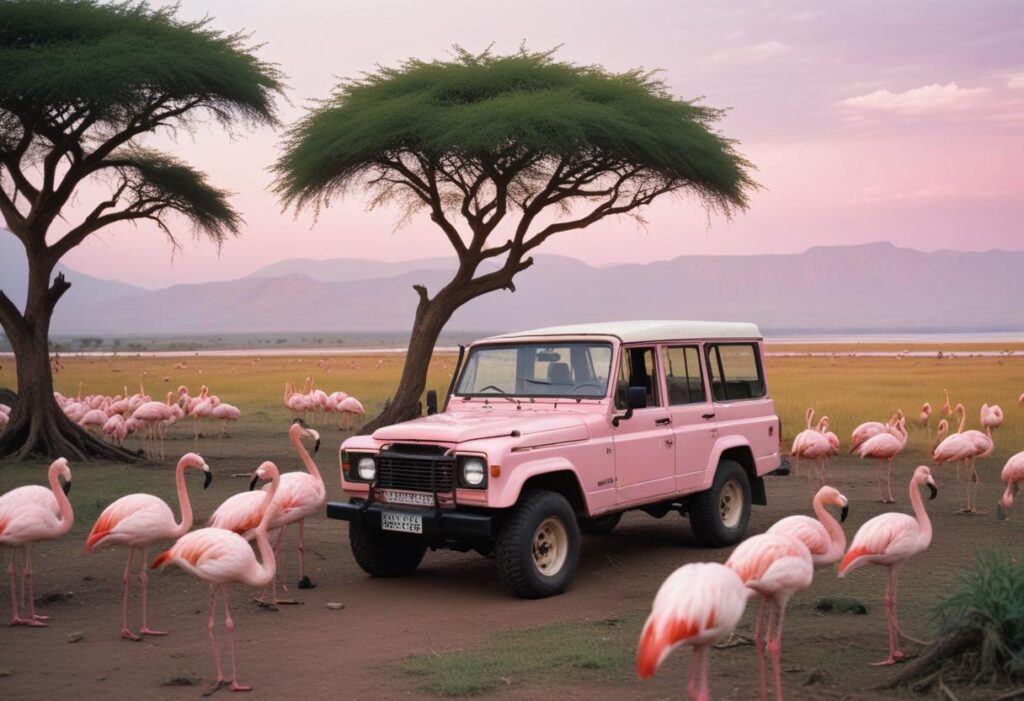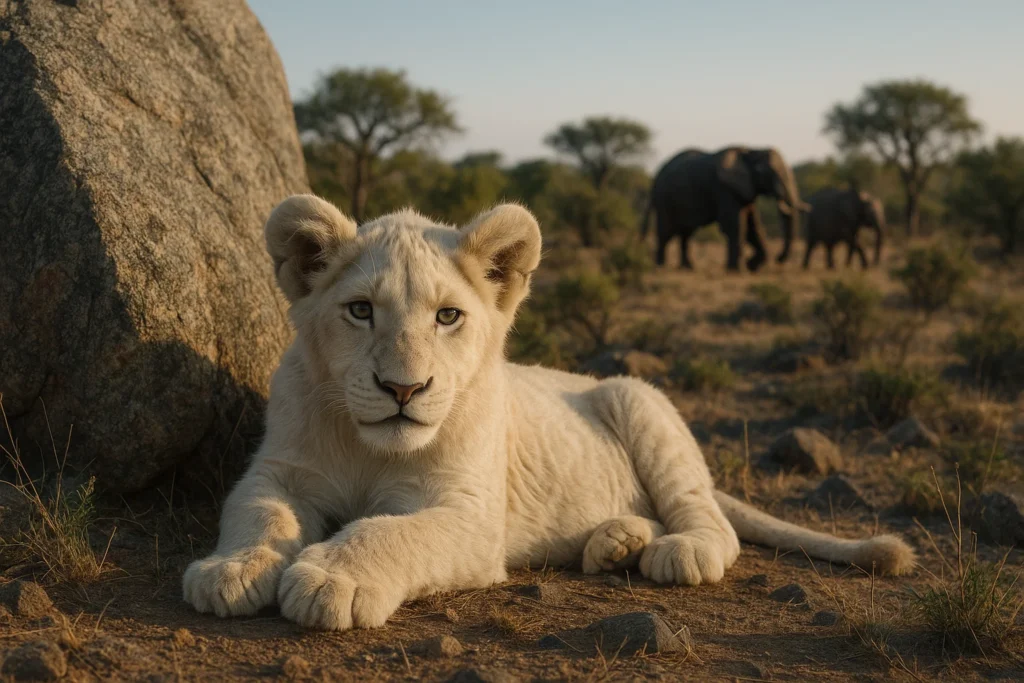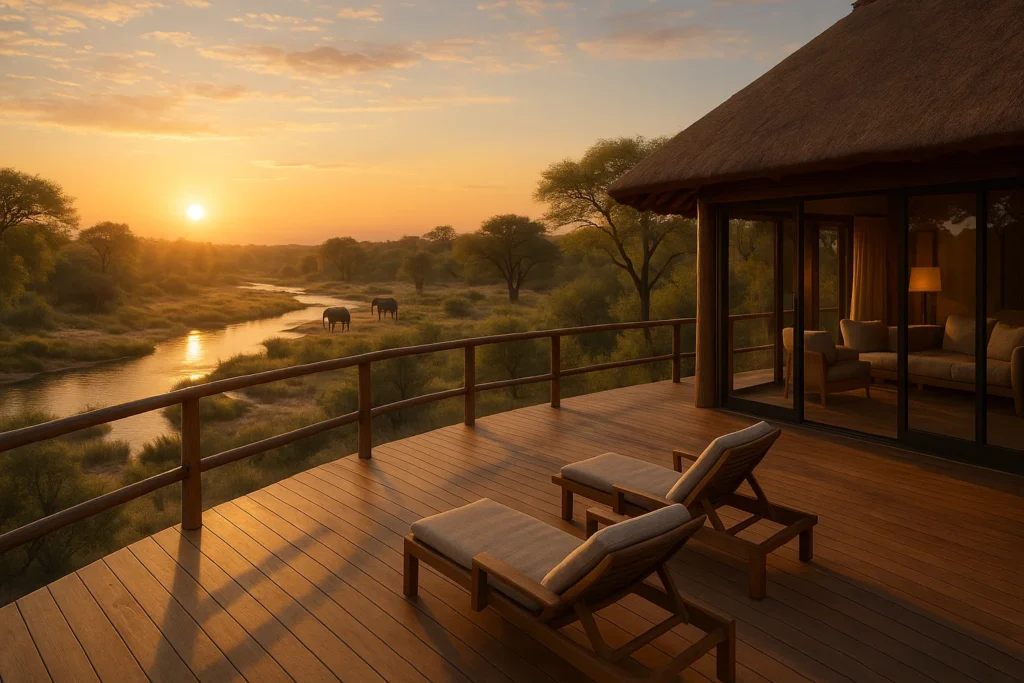Lake Manyara National Park is a gem that’s perfect for travelers pressed for time. Just half a day or a full day offers enough to soak in its stunning landscapes, abundant wildlife, and unique ecosystems. Here’s your expertly curated itinerary to make the most of Lake Manyara in just one day.
1. Best Time to Enter and Exit
- Enter at park opening (usually 6:30 AM): This early start places you in prime wildlife-viewing hours, before the heat pushes animals into shade.
- Exit before late afternoon (around 3–4 PM): This avoids afternoon crowds and gives you time to catch the golden hour light on the Rift Valley escarpment.
Why this matters:
- Morning: Lions elevate out of baobab trees, elephants bathe, and birds feed actively.
- Afternoon: The park quietens, and lighting softens—ideal for photography with lower contrast.
2. Recommended Route Through the Park
Start at the Mto wa Mbu Gate and follow this rough loop:
- Forest zone: Early game drive through dense groundwater forest—look for tree-climbing lions and monkeys.
- Rift Valley escarpment viewpoint: Stop at pull-offs to admire the dramatic drop and snap wide-angle shots.
- Open plains toward the soda lake: Drive along the shoreline—home to flamingos, pelicans, and hippos.
- Lake edge section: Watch elephants, giraffes, and buffalo grazing at midday.
- Return via forest again: Wrap up near picnic spots or exit before late afternoon.
(A simple route map fits well here to visualize the clockwise circuit.)
3. Scenery and Must-See Spots
a) Rift Valley escarpment
Rising sharply above the lake, this viewpoint offers breathtaking panoramas—especially magical during sunrise or golden hour.
b) Subterranean forest
This lush canopy hides wildlife like blue monkeys and elusive tree lions. It’s a cool, shaded haven contrasting sharply with the open plains.
c) The soda lake
Ever-changing colors—from pink to turquoise—depend on algae and light. Large flocks of flamingos create iconic, Instagram-ready scenes.
4. Wildlife Sightings by Time of Day
| Time of Day | Likelihood of Seeing |
|---|---|
| Dawn (6:30–8:30 AM) | Active lions, elephants bathing, hippos near water, primates in trees |
| Mid-morning (8:30–11:00 AM) | Herds on plains: buffalo, giraffe, impala; soluble lake birds |
| Midday (11:00 AM–2:00 PM) | Hippos submerged, elephants grazing, birds nesting |
| Afternoon (2:00–4:00 PM) | Cats start stirring; great light for silhouette photography |
5. Lunch and Picnic Options
- Picnic sites inside the park: Official spots with tables near the lake—great for lunch with hippo-viewing.
- Mto wa Mbu village eateries: Many offer Tanzanian-style meals like mishkaki and chapati, paired with fresh avocado and tea.
- Pack your own: Lodges often supply boxed lunch. Enjoy it at a shaded spot by the lake.
Tip: Reserve picnic sites ahead on weekends or holidays—they fill quickly.
6. Photography Tips for Short Visits
- Use fast telephoto lenses (200–400 mm): Essential for wildlife shots at a distance.
- Golden hour magic: Light from around 6:30–7:30 AM and 3–4 PM adds warmth and drama.
- Silhouette opportunity: Frame acacia trees or animal profiles against sunrise or sunset.
- Create depth: Use layered compositions—foreground grasses, middle-ground animals, background escarpment work well.
- Keep gear ready: Morning is the most photo-active time—be prepared before entering.
One-Day Itinerary Overview
6:30 AM – Enter park
6:30–8:00 AM – Forest zone drive (lions, monkeys)
8:00–8:30 AM – Rift Valley viewpoint stop
8:30–10:30 AM – Plains & lake edge (buffalo, giraffes, flamingos)
10:30–11:00 AM – Picnic or lunch at lakeside
11:00 AM–1:30 PM – Explore plains and lake shore
1:30–2:00 PM – Quick mid-afternoon break
2:00–3:30 PM – Return via forest zone (hippos, afternoon light)
3:30–4:00 PM – Exit park
Conclusion
Lake Manyara offers a magical micro-safari perfect for travelers on tight schedules. With careful timing, a well-planned circuit, and smart gear prep, you can experience the park’s ecological diversity—from underground forests to flamingo-filled lakes—all within a single, unforgettable day.
FAQs about Lake Manyara one day safari
Yes, self-driving is possible with a 4×4 vehicle. But if you’re tight on time, a guided tour lets you maximize sightings and avoid navigation delays.
Definitely—compact binoculars boost wildlife spotting, especially birds at the lakeshore not visible by eye from afar.
Yes, there are basic restroom facilities at picnic sites and near the escarpment viewpoint. Lodge in Mto wa Mbu also have restrooms before you enter.
Prioritize entry at sunrise, skip mid-afternoon loop. Focus on forest first, then lake, and exit by midday for best wildlife and lighting.






